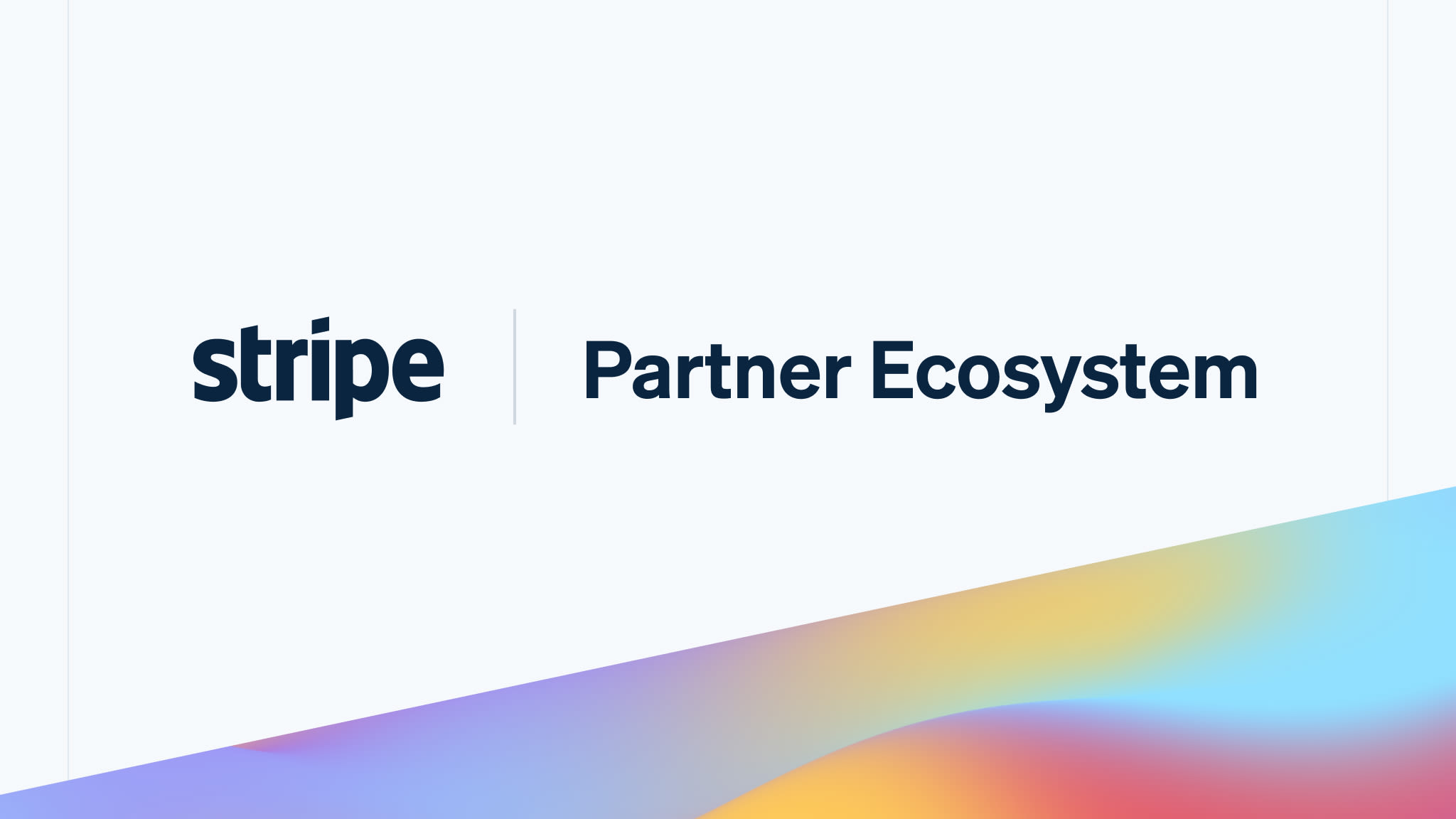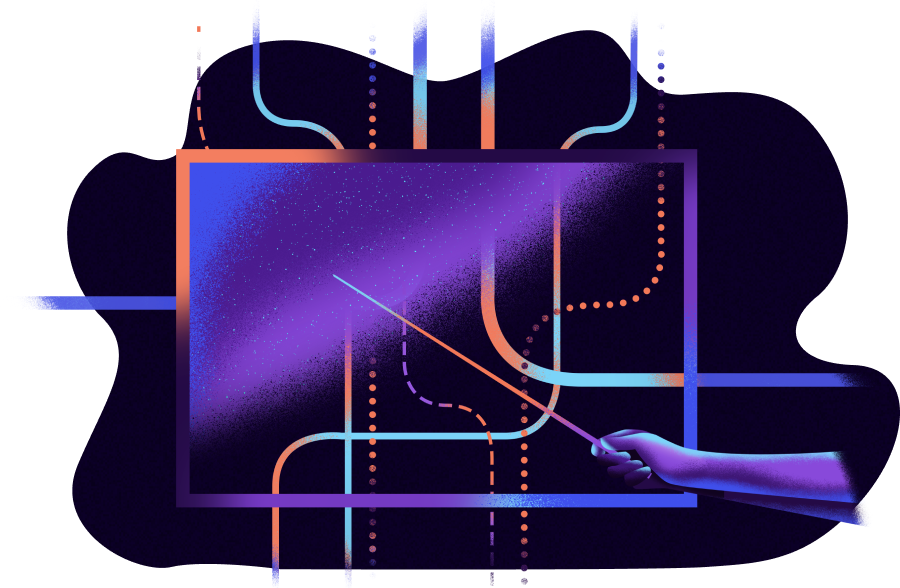- Maximizing existing legacy systems can also drive business growth, not just drastic overhauls.
- Leverage incremental modernization, integrate modern tech, optimize data use, ensure security, and encourage collaboration.
- Preserve data continuity, focus on easing transitions, and capitalize on employee expertise.
But all that glitters isn’t gold, especially in technology.
This is especially true when organizations have limited budgets and internal resources to perform digital transformation, as well as business operations that cannot be interrupted by a lengthy cut-over from from a legacy system to a new one.
That’s where deciding to maximize your existing legacy systems to their full potential can be the true win-win your team has been looking for.
Here are five tips to help your organization better leverage your legacy systems to transform your business and drive long-term, strategic business growth.
Why a Legacy System Modernization Can Still Bring Real Business Benefits
The lure of having a “fresh start” following a complete process redesign or system overhaul of a core business application or portion of your enterprise architecture can be tempting.
But it’s not that simple; conducting such a dramatic cut-over without considering ways to better leverage your legacy systems can mean losing out on several key business benefits.
Some of the most notable include:
Gradual Transition
Conducting a complete system replacement can be disruptive to key business operations. Identifying improvements to existing legacy systems, implementing new modules within your existing environment, or creating a plan to integrate new features incrementally can ease the transition while still building momentum for continued transformation.
Cost-Effectiveness
Finding new ways to leverage and modernize existing components of legacy technology can be more cost-effective than completing an entire redesign and redeployment. New systems can come with long lead times, new licensing costs, technology dependencies, and other downstream adjustments that can be difficult to project.
However, often organizations are already paying for licensing and support costs of their existing systems. Flipping the switch on for new features or modules squeezes more value and ROI out of current systems without introducing new overhead.
Employee Expertise
Employees and support professionals are familiar with legacy systems and their integrations, quirks, and configurations. Deciding to reinvest and optimize legacy systems can capitalize on the “best of both worlds”—knowledge of existing systems combined with targeted, incremental updates to underlying code and related processes to provide even more functionality to end users without overburdening your existing team.
Data Continuity
Legacy systems hold a wealth of historical data crucial for business processes and insights that can be time-consuming to cleanse, prepare, and migrate. Even after all of this work, it can take time for systems, processes, and staff to adjust to new applications and work out hiccups, potentially impacting productivity.
5 Tips for Leveraging Legacy Systems Effectively
So how can your organization rethink the potential of your legacy systems and squeeze even more productivity and ROI out of them? Here are five key tips the Focused Labs team uses as we conduct current state analysis of client legacy systems:
Tip 1: Implement Incremental Modernization
Focus on crafting a plan guided by incremental change, which uses a phased approach to identify, design, build, test, and deploy system updates and redesigns.
By identifying and prioritizing shorter “sprints” focused on implementing tangible fixes to critical components that directly influence business operations, organizations can ensure that the overall process aligns with growth goals and business priorities without introducing significant operational disruptions. This approach also helps to build momentum and foster a culture of continuous learning and adaptability among employees that can carry over into other modernization efforts.
Tip 2: Integrate with Modern Technologies
Another powerful tip is to focus on opportunities to integrate new software or APIs to leverage existing data structures but expose functionality in new ways. The Focused Labs team saw the benefits of this approach with our recent successes with Aperture.
Similarly, shifting to a microservices architecture can further enhance the agility and scalability of legacy systems by using smaller, interconnected deployable services that focus on a specific business capability and operate as a standalone unit, communicating with other services through well-defined APIs.
Tip 3: Data Utilization and Analytics
After years of use, it’s likely that your organization isn’t getting the most out of your existing data management processes. In other words, many organizations may decide to use a large system implementation as a fix for a symptom (inefficiencies or clunky work-arounds) instead of fixing the underlying cause of inefficient data management and utilization.
For example, consider implementing business intelligence tools that can map how data is being used and where gaps, duplication, and inefficiencies exist. Another opportunity is to write wrapper APIs that can leverage legacy systems so your organization can apply a strangler pattern. These approaches not only preserve the strengths embedded in your legacy systems but also empowers your business to uncover insights that fuel growth and innovation.
Tip 4: Security and Compliance
Many system upgrades are driven by patches for vulnerabilities and bugs targeted by cyber attackers. Therefore, it is essential to identify necessary security updates and protocols that address vulnerabilities present in legacy systems.
At the same time, ensuring that your systems are capable of maintaining compliance with industry standards and regulations is imperative to safeguard sensitive data and maintain customer trust.
Tip 5: Collaborative Cross-Functional Approach
A system’s success depends on its ability to deliver for the business processes that rely on it. Therefore, it is essential to involve all departments in the redesign process, including operations, finance, human resources, and others.
By doing so, organizations can identify opportunities to streamline legacy systems to align with current and future business requirements while also fostering collaboration.
Bringing It All Together
Ultimately, implementing new technology doesn’t guarantee better outcomes. Whether the technology is new or old, its ability to align with specific business needs, integrate into existing business processes, and meet security controls is what matters most.
So before your organization decides to go with a complete overhaul, make sure you evaluate what your team needs your systems to do and determine if these five tips can have your existing technology get you there. Like our other clients, you’ll likely be very surprised about what your legacy systems can do with a focused, incremental approach.
Want to learn more about how your organization can leverage your legacy systems? Then take a second and reach out to the Focused Labs team for a personalized discussion:


![[Video] How Queer Eye helped me be a better consultant](https://focusedlabs.io/hubfs/FocusedLabs_November_2022/Images/9de38ec39718aab7d15ee1aa13e347c43a29f390-1000x420.jpg)




